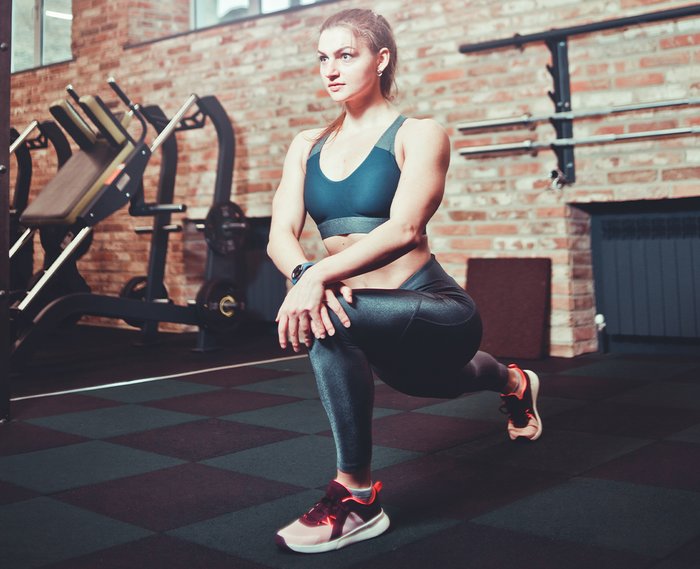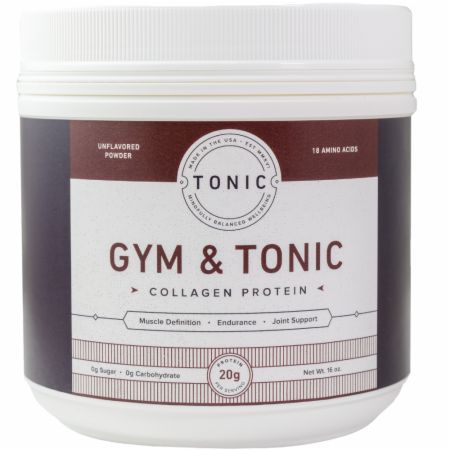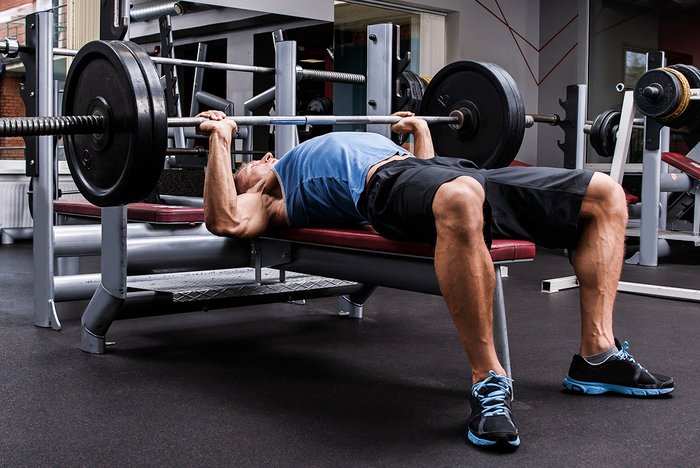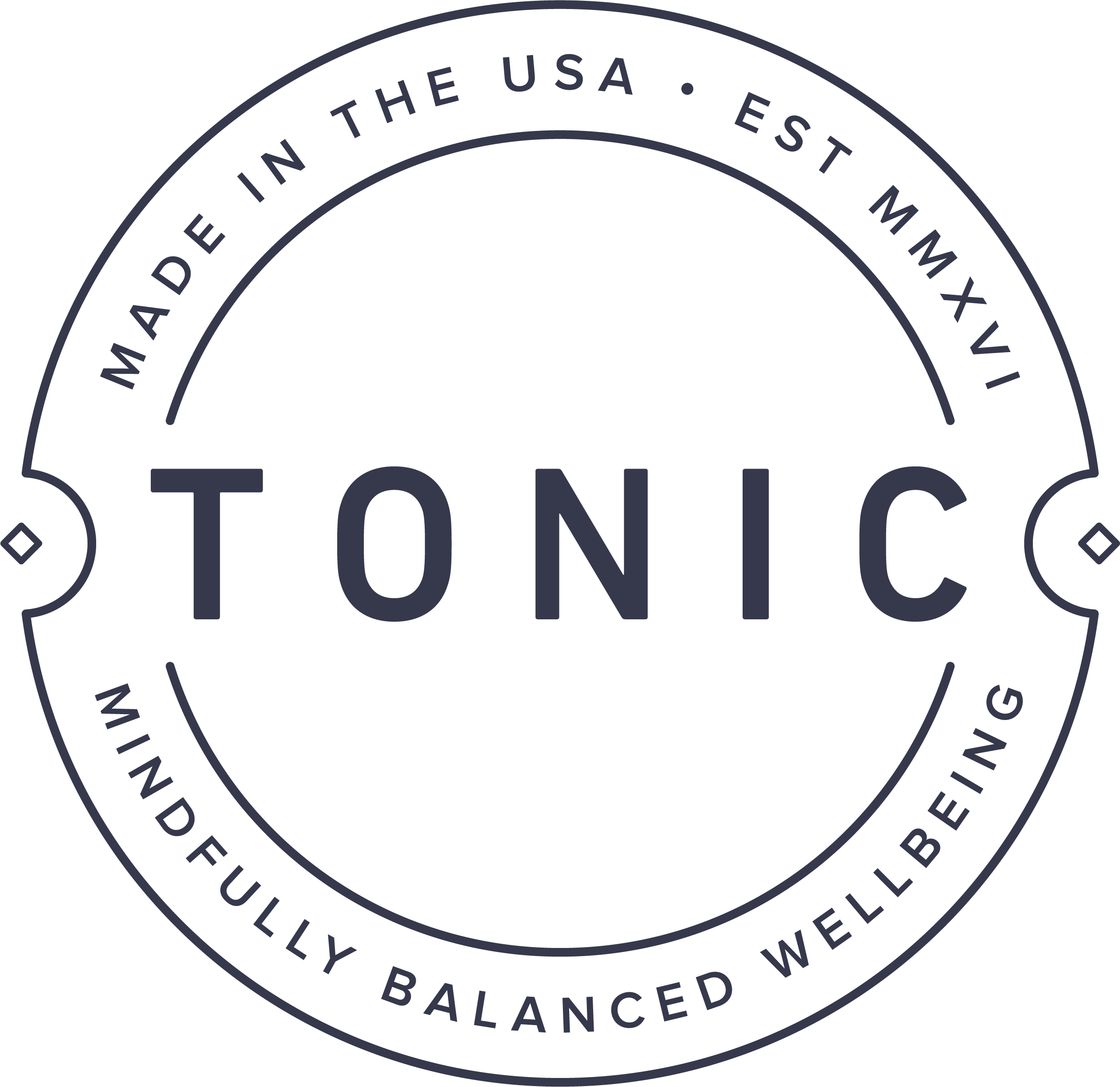Exercise is one of those things that everyone knows they should be doing, but not everyone actually knows how to do right. There's a ton of information out there, much of it conflicting and much of it riddled with gym myth, making it that much harder to find the workout program that produces the best results for you.
Here are seven of the most common training myths. Don't fall for them!
Myth 1: Doing Only Cardio Will Help You Lose Weight
How often do you hear people say that cardio training is for weight loss and weightlifting is for building muscle? Not true. Cardiovascular training does help you burn calories, so it does help increase your calorie deficit, but it does little to burn calories after you're done. In essence, unless you keep doing that cardio, you won't keep losing weight.
Strength training, on the other hand, will rev your metabolic engine for hours after the workout is over. Plus, weightlifting helps you change your physique, so it is far better for working on your trouble spots.
Myth 2: Warm-Ups and Cool-Downs Are Good, but Optional
Make a warm-up and cool-down mandatory parts of your workout. Not only will it help prevent injury, but it will help get you in the zone, both physically and mentally, as well. If you do a warm-up before exercise—even a 5-minute warm-up—you're preparing your body for battle. You can't ask your body to lift heavy weights and use maximum intensity when it's cold. You need to wake it up.

The cool-down is also key for preventing muscle soreness, and it can even keep you from fainting just after you stop very intense exercise. Your workout will feel more complete when you give your body a chance to cool down at the end.
Do a 5-10-minute warm-up before your workout and a 5-10-minute cool-down afterward.
Myth 3: Casual Exercisers Don't Need Supplements
There are two types of gymgoers, the gym regulars and the weekend warriors. The latter are those who go on occasion, and while they're excited about the gym, they're either too busy or have other things they put ahead of their training.
Does that mean they shouldn't take their nutrition seriously? Not at all. Even if you are a casual gymgoer, you will benefit from the right mix of food and supplements. Protein powder, which is something that you normally associate with muscle building, can also help with weight loss. Muscle is the most metabolically active tissue in the human body, so building more muscle leads to burning more body fat, even when you're at rest or asleep.
Collagen protein adds additional benefits, such as reduced recovery time after physical activity, as well as support for connective tissues, muscles, and joints.*
You'll also want to use fish oil and a quality multivitamin. Even those who don't exercise can benefit from taking these supplements.

Myth 4: The Better the Pump, the Better the Workout
It's very easy to fall into the trap of rating your workout by the pump you get. Sure, getting a pump is great, and it makes your muscles feel full and vascular, but if you only do high-rep, light-weight training, you probably won't see many benefits from the session.
For instance, when you train for pure strength, doing low reps (1-3 per set) and major compound exercises, you simply won't get a pump, but those are some of the most beneficial workouts that you can do. Sometimes it's best to stop chasing the pump.
Myth 5: Everyone Should Squat, Deadlift, and Bench
Another popular myth is that certain exercises are the best exercises, and everyone should be doing them. The problem is that everyone is built differently, with different biomechanics. So, while some people feel comfortable doing a full squat, others don't. For them, the leg press is a far better exercise. It just feels right.

If that's the case for you and you've already given yourself ample time to learn the exercise using proper form, it may be time to move on. Perhaps your biomechanics are not cut out for that exercise. There's always an alternative exercise that will bring the same results.
Myth 6: Free Weights Are Better Than Machines
There's a notion in the fitness world that machines are just for beginners and free weights are the better option for more advanced trainees. While there is some truth to it, it's not true that all machines are just for beginners. In fact, some machines can be an excellent way for you to get stronger and build muscle. For instance, when you're trying to isolate a muscle, a machine can make it much easier.
Machines can also help you avoid injuries, with built-in safety in most cases, which makes them ideal in rehab situations. For instance, if you had a back injury, you would choose a seated leg press to regain strength in your quads rather than the squat.
Ideally, a great routine should have a mix of both free weights and machines for optimal results.
Myth 7: You Should Change Your Routine Often If You Want the Best Results
Again, there is some truth to this one, but it's a partial truth. Sure, you should change up your routine from time to time, but you don't want to do something entirely new each time you step foot in the gym. In fact, that approach can lead to a lack of results because you're never really able to apply the concept of overload.
In order to become better than you were before, you have to train yourself to do more in successive workouts. But if you never repeat the same thing you did before, how can you possibly accomplish this?
In other words, don't take it too far. You don't want to repeat the same workout for months on end or you will hit a training plateau, but at the same time, don't jump ship on a workout so quickly that you fail to see results.
*These statements have not been evaluated by the Food and Drug Administration. This product is not intended to diagnose, treat, cure, or prevent any disease.


